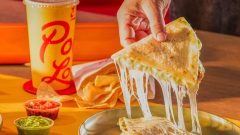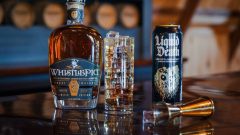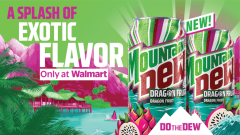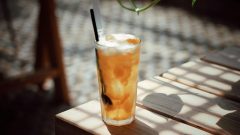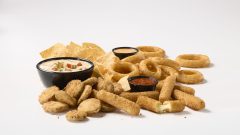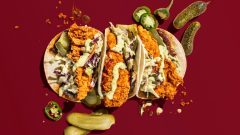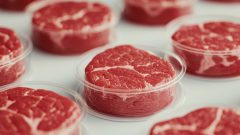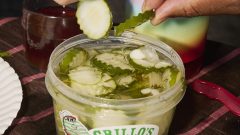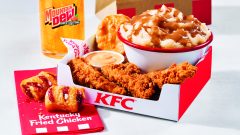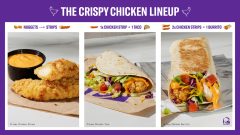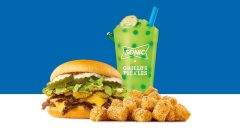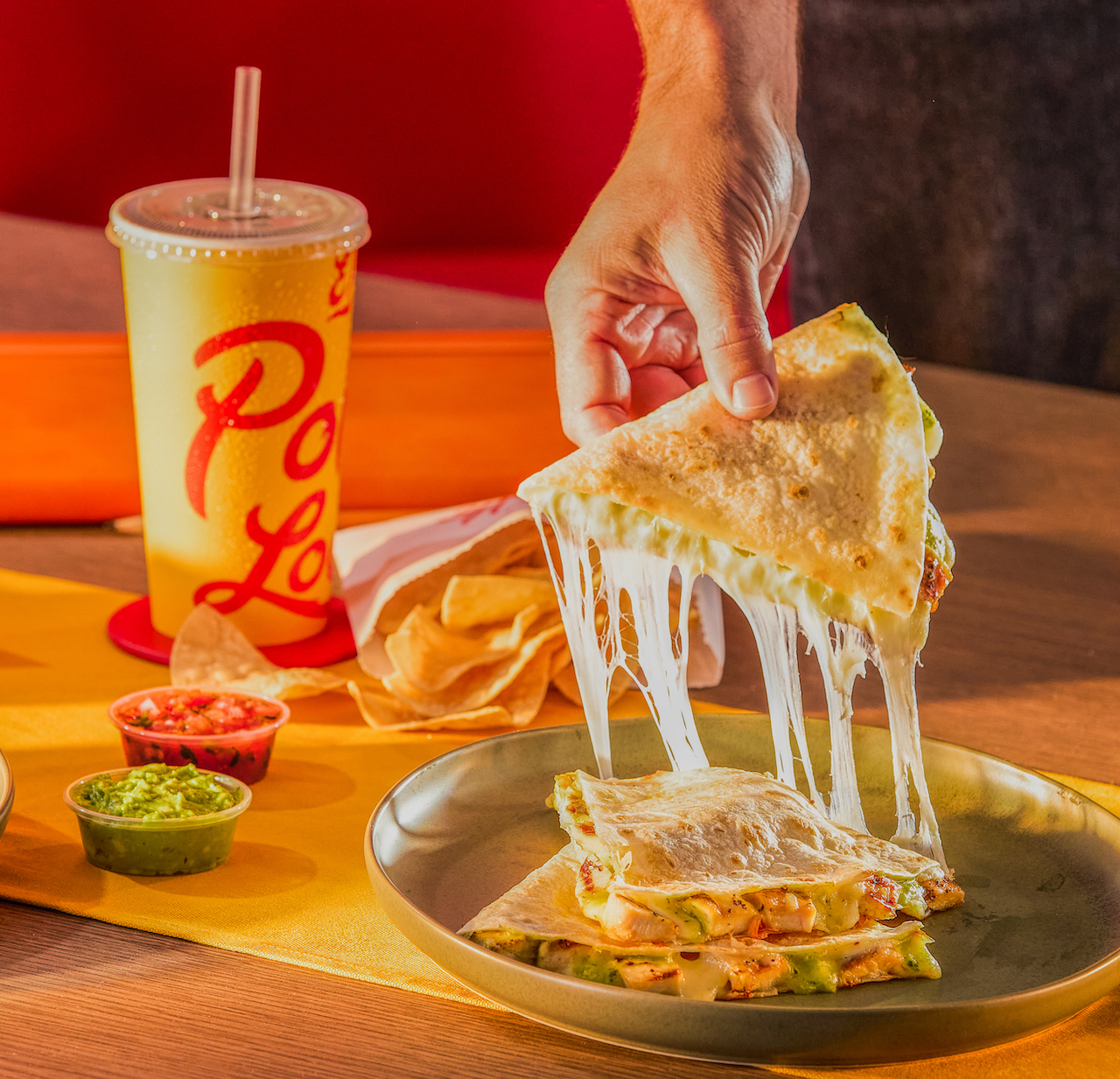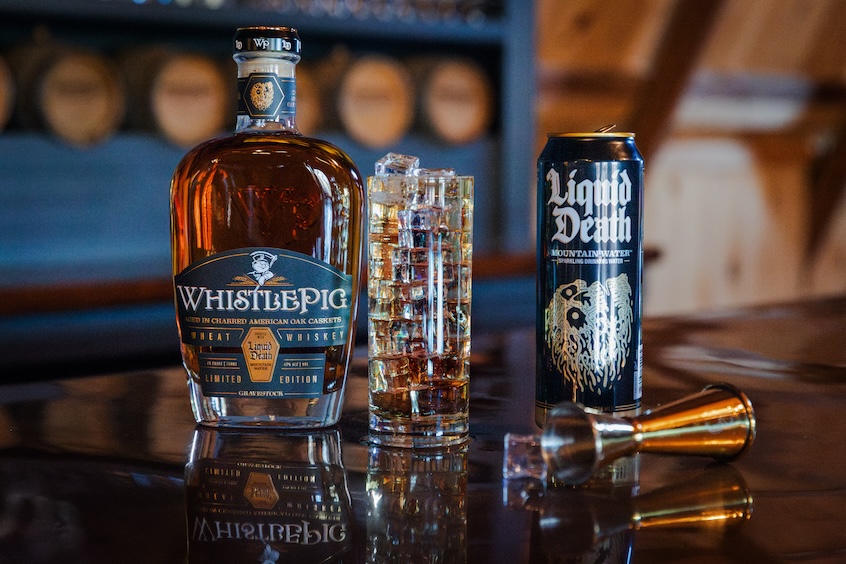Splenda, Cancer And That New Study We Need To Read More Carefully
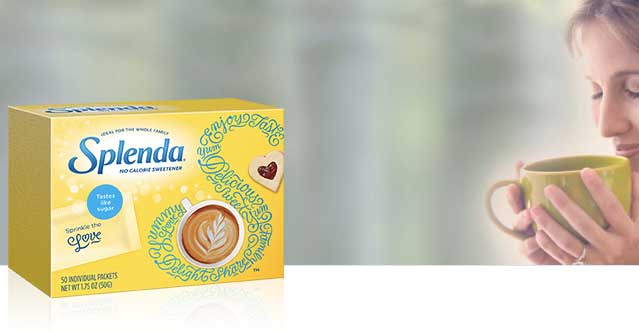
Sucralose, the artificial sweetener known as Splenda that gives many treats their sugary taste is under fire yet again. Seriously, the cancer media panic is spreading. Fox. Forbes. Charlotte Observer. Foodbeast. Now, it’s trending on Facebook.
As FoodInsight.org points out, there have been more than 100 scientific studies on sucralose safety over the past 20 years. The European Union Scientific Committee on Food (SCF), the U.S. Food and Drug Administration (FDA), Food Standards Australia/New Zealand (FSANZ), the Health Protection Branch of Health and Welfare Canada, the Food and Agriculture Organization (FAO), the World Health Organization (WHO), and Japan’s Ministry of Health and Welfare have all declared sucralose safe.
But hell — we shouldn’t count out some wild researcher who might have found something the others may have missed, right? Well, let’s start from the top…
What is Splenda (sucralose)?

Splenda.com defines their product as a no-calorie sweetener that can be used as part of a healthy diet to reduce calories and carbs from sugar that you consume.
It is made through a patented process that starts with sugar and converts it to a no-calorie, non-carbohydrate sweetener. The result is a very stable sweetener that tastes like sugar, but without its calories. After you eat SPLENDA® Brand Sweetener, it passes through the body without being broken down for energy, so the body does not recognize it as a carbohydrate. — Splenda.com
The “new” findings:

The new study feels like a science story we’ve heard before: someone found a direct link between Splenda (sucralose) and Leukemia and other cancers of the blood.
Frankly, I think there’s something intrinsically suspicious about Splenda. I feel it weird to be able to get all the sweetness I crave with no calories or carbs — Splenda at it’s core is fishy. I grew up on the adage that if it’s too good to be true, it most definitely always more than likely kind of is.
So what’s up with that study people are sourcing?
Media is currently citing a story published in the International Journal of Occupational and Environmental Health. But how is this study different from the ones prior that have been shut down or gone into the infinite abyss of questioning and finger pointing conspiracy theorists who believe someone influenced the study?
If you skim the unusually worded writeup from the Center for Science in the Public Interest, they claim the study making its rounds today is different from those priors. They claim it was published “from the respected Ramazzini Institute, an independent laboratory based in Italy, which found that the chemical cause leukemia and related blood cancers in male mice.”
The Ramazzini Insitute, yet another institute my non-PHD-having-ass has never heard of, has an apparent track record of making their “relevant” research available, in partsm to the public, while being vague when it comes to explaining the logic behind their design and interpretation of data.
Forbes caught this issue back in 2003 and now it looks like the same issues arise with their most current study.
The highlights of the study need clarity
The daily sucralose intake of the animals in the study needed more definition, so Forbes contributing writer Emily Willingham asked Soffritti, an author on the study to clarify the daily intake of the animals as it is unclear in its current formatting.
According to the study’s authors:
We found a significant dose-related increased incidence of males bearing malignant tumors (p < 0.05) and a significant dose-related increased incidence (p < 0.01) of hematopoietic neoplasias in males, in particular at the dose levels of 2,000 ppm (p < 0.01) and 16,000 ppm (p < 0.01).
Here is Emily’s question/answer with the author:
EJW: When you say that you fed the animals 500 ppm, etc., is it correct that that also can be given as 500 mg/kg per animal? If not, how does that ppm value translate into per kg values?
Soffritti: You may consider approximately 60 mg/kg bw.
That means the authors used 12x the recommended daily limit for humans. So yes, too much of anything is bad. Too much water? You drown.
Splenda reduced cancer rates in some mice
Currently unhighlighted in the report is that Splenda indeed reduced cancer rates in some mice. It even resulted in lower body weight as well:
Their results show a dose-related decrease in cancerous tumors in female mice, from 67% in females exposed to no sucralose to 59.4% in female mice exposed to 16,000 ppm. At 8,000 ppm, the decrease is even steeper, down to 55.4%. The increase in males from 0 ppm to 16,000 was from 56.4% to 62.9%, but at 8,000 ppm, the rate was 53% in males, 10% lower than the zero exposure level.
The same pattern of decrease is evident for females and blood cancers–sucralose-stuffed female Swiss mice had half the cancer rate with 16,ooo ppm sucralose vs. no sucralose.
For the entire mouse population, males and females combined, cancer rates were practically identical across doses; at 0, 500, 2,000, 8,000 and 16,000, rates for the whole mouse population were 61.6%, 61.6%, 60.7%, 54.2% and 61.2%, respectively.
For the blood cancers, the pattern was similar for the whole population: 22.4%, 19.2%, 25.7%, 26%, and 29.1%, respectively, at 0, 500, 2,000, 8,000 and 16,000 ppm.
In other words, high levels of sucralose resulted in lower cancer incidence in some animals — but we’re not talking about that now, are we?
So am I gonna die, or nah?
Regardless of Soffritti et al.‘s messy conclusions and questionable highlights, discussion and further research are still needed and encouraged. Hell, Soffritti even ends their abstract with a J.J. Abrams-style conclusion, stirring the pot:
Conclusions: These findings do not support previous data that sucralose is biologically inert. More studies are necessary to show the safety of sucralose, including new and more adequate carcinogenic bioassay on rats. Considering that millions of people are likely exposed, follow-up studies are urgent.
Right or wrong, some good efforts were made on this study. I personally don’t use Splenda, primarily because the general conspiracy has seeped into my being, and generally just drink less sugar-based shit in general, real sugar or not. That said, if someone can dig further into Soffritti’s research and tell me I might be lowering cancer risk and losing weight by enjoying Splenda…then I feel like we can talk more!
Forbe’s contributor Trevor Butterworth hit it on the head in 2003 with his conclusion of Soffritti’s work:
Ramazzini’s track record of walking its talk in terms of scientific data may be abysmal; and investigations into its research methods may reveal a six-lane highway of ineptitude; but even a broken clock tells the time accurately twice a day. Careful scientists will not want to dismiss any findings out of hand completely. Which is why the fact that this cancer panic is being promoted before the publication of any data, and at an event for children, which makes it look deeply suspicious, unethical, and indeed, cynical. We’ve been here before.
Real conclusion on Splenda? We’re still looking for one.


